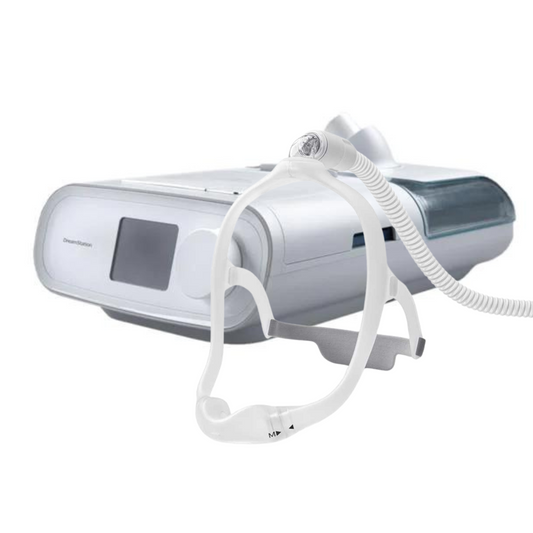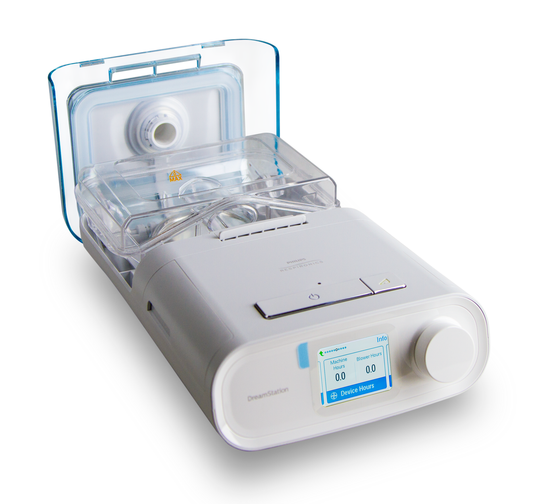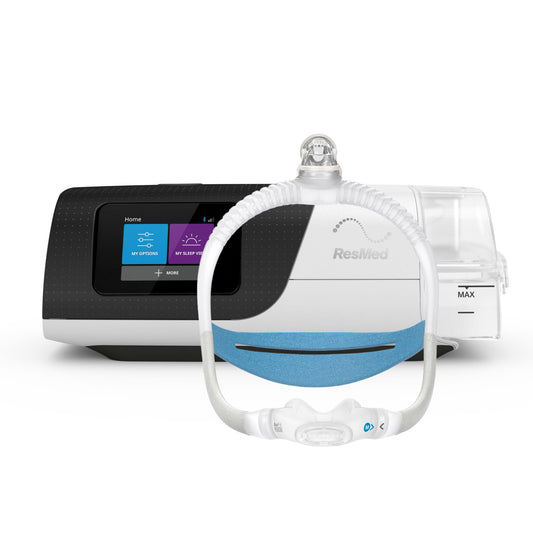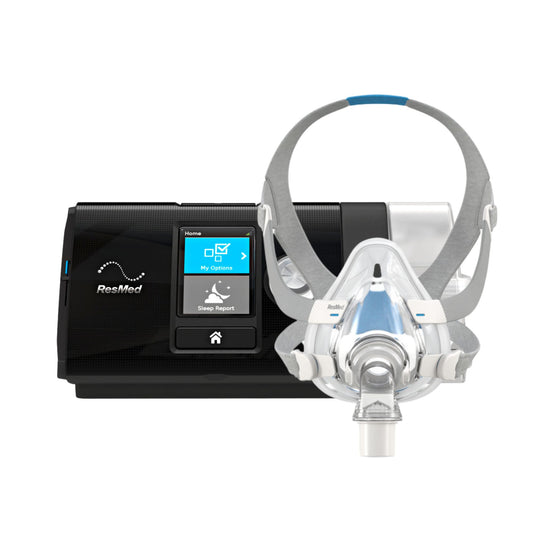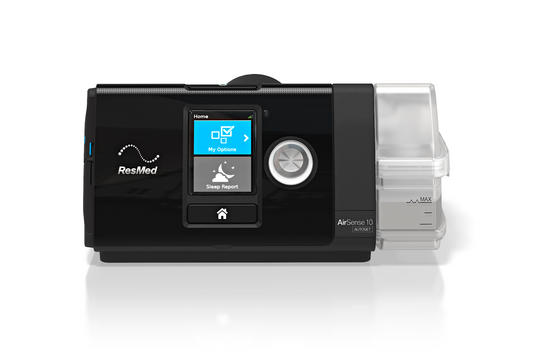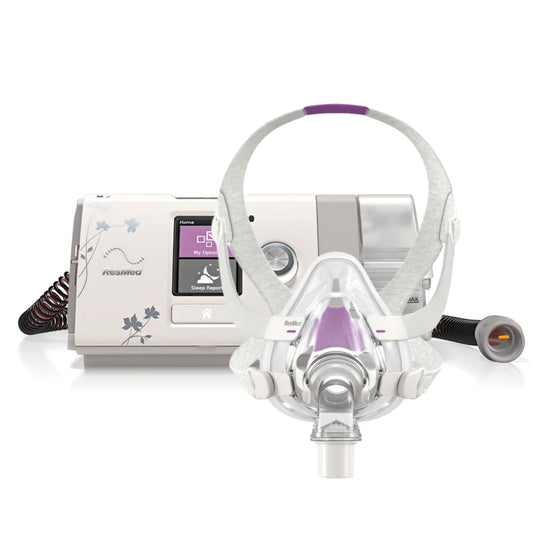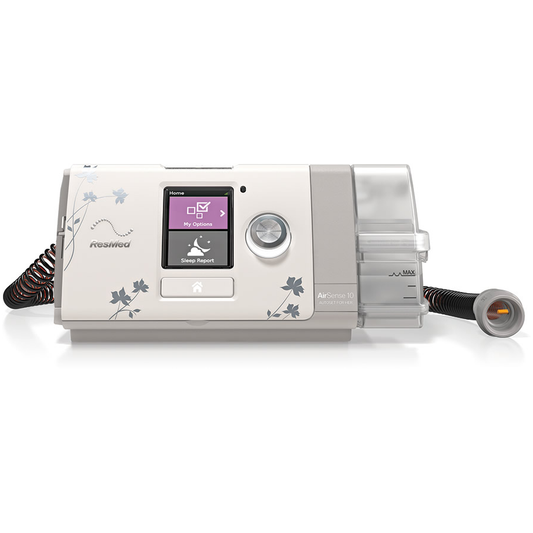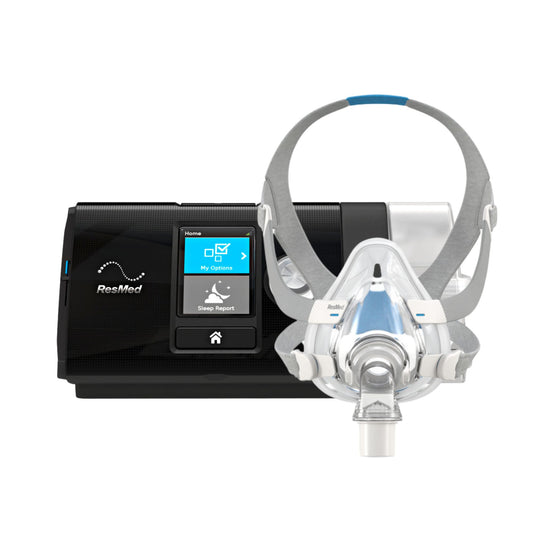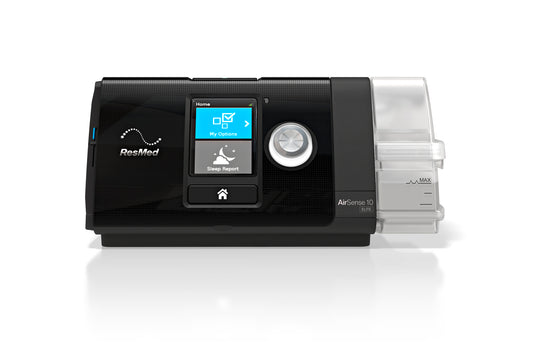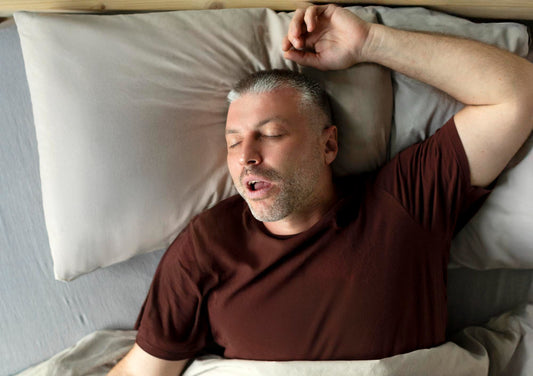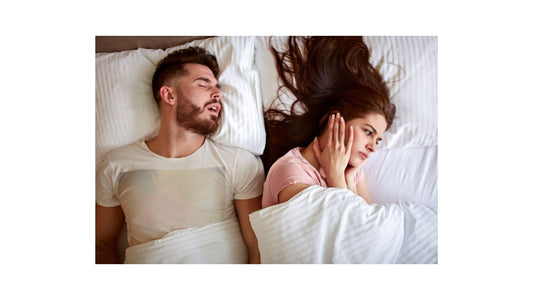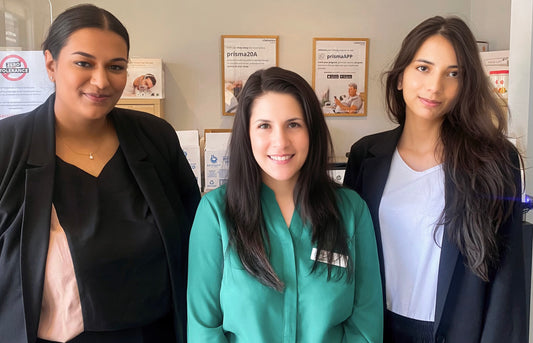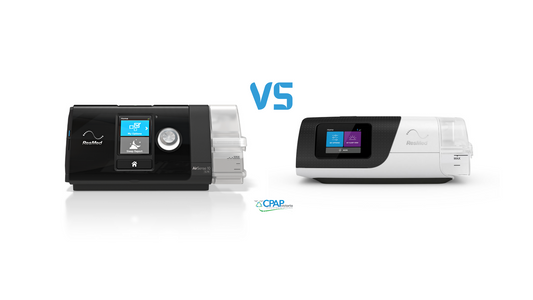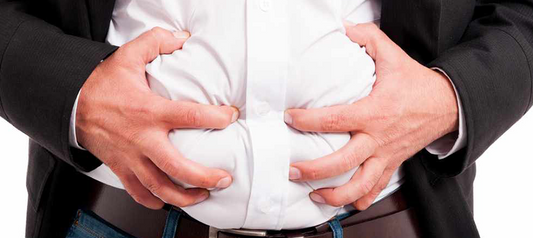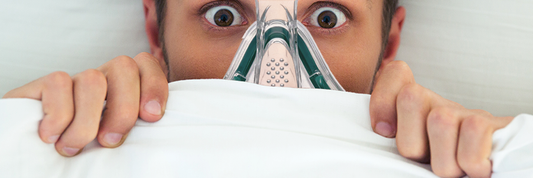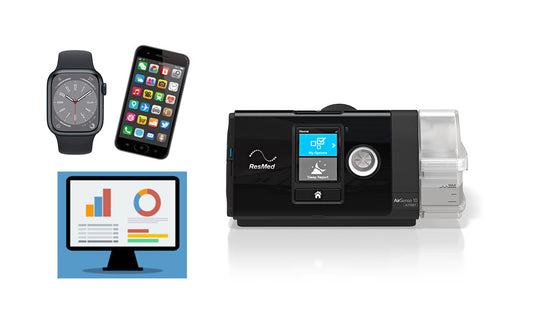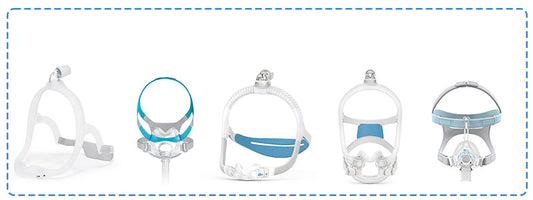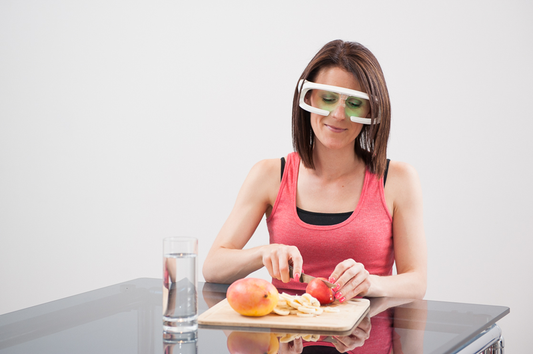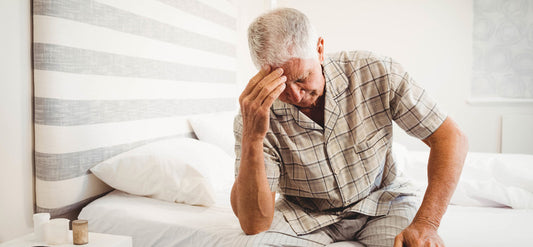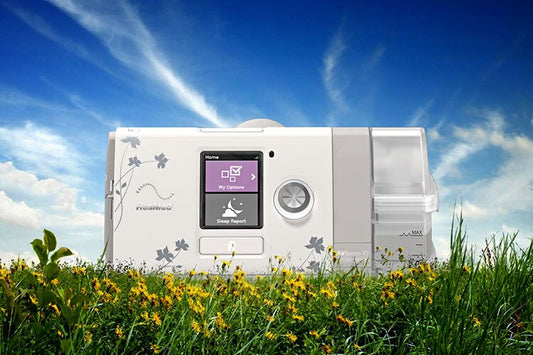There are various reasons why a person suffers interrupted sleep, and obstructive sleep apnoea or OSA is one of the most disruptive. OSA is primarily caused by obstruction on the upper airway thus resulting in regular pauses in breathing as one sleeps. A person with OSA wakes up every time he stops breathing and these interruptions deprive him of a restful night’s sleep. OSA is manageable and one of the most effective ways to treat the problem is with a CPAP machine.
CPAP or Continuous Positive Airway Pressure Machine
The purpose of a CPAP machine is to keep the airway of the patient open as he sleeps which in turn impedes breathing, allowing the patient and sleeping partner to get a restful sleep. The machine also reduces snoring. A CPAP machine has three basic components: the air pump; a mask that covers the nose or mouth or both; and a tube to link the air pump and the mask. The CPAP machine has a filter and a small tank of water which act as purifiers and increase air humidity.
In some cases two prongs are used for the nose instead of a mask but most patients prefer to use the nose mask. Some CPAP machines have integrated chinstrap to help keep the mouth closed so that breathing is through the nose and not though the mouth. A continuous flow of air passed through the tube, into the mask and into the airway. The recommended air pressure created by the CPAP machine prevents the airway of the patient from collapsing thus affording him uninterrupted breathing during sleep. In some instances, it takes time to get used to using the CPAP machine. If this is the case, a patient should ask his doctor if he needs adjustments made on the air pressure or with the mask.
Common CPAP Problems
Most patients do not encounter problems when using CPAP but there are some who do experience difficulty when using the machine.
The most common problem is difficulty in wearing the mask while trying to fall asleep. There are patients who feel claustrophobic wearing a mask. It is best for such patient to wear the mask for short periods of time while he is awake. As he gets used to the mask, he should attach the hose and once settled, flip the CPAP one. After some time, falling asleep with the mask and CPAP machine on will no longer be a concern.
It must be understood that a CPAP machine forces pressurized air into one’s airway. The sensation produced may not bode with some users. However, this should not be a major concern as it is possible to adjust the air pressure on CPAP machines. A patient with this problem should start with a lower air pressure then gradually increase to the recommended air pressure.
Dry or stuffy nose is also a concern of some CPAP machine users. If this is the case, adjusting the humidity level of the machine should address this concern. Another option is to use nasal saline spray. It is best to check that the mask fits well and that there are no leaks.
Other minor problems regarding the use of a CPAP device are dry mouth, facial skin irritation caused by the mask, unintentional removal of mask while asleep and annoyance due to the machine’s noise. All of these can be easily resolved.
Using a CPAP machine could be quite trying as you get used to it. However, it is vital that you stick with the treatment to effectively manage OSA. Over time, CPAP can positively affect your health and quality of life.
Do you have OSA? CPAP Victoria can help you. We have the qualification, experience and expertise to diagnose and present treatment options for your sleeping disorder.
Give us a call NOW at 1300 750 006 or pop into one of our CPAP clinics Victoria . We are located in Melbourne, Wantirna and Frankston.
